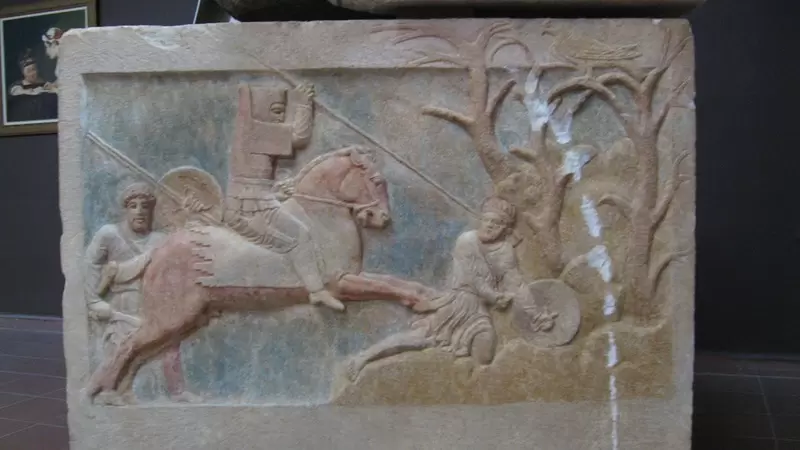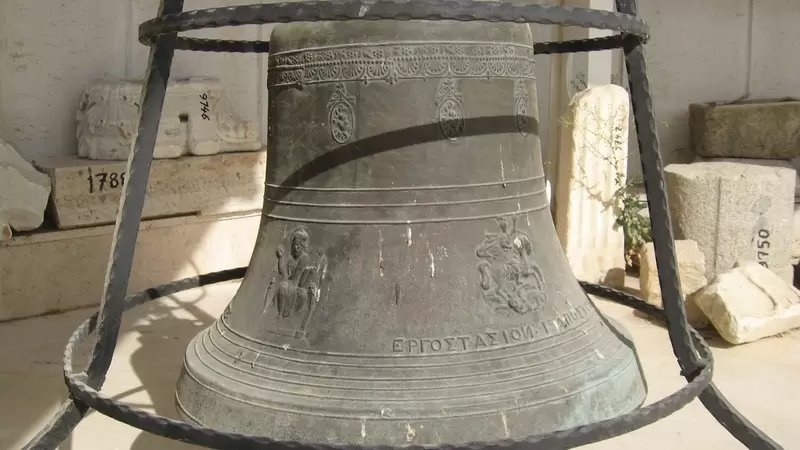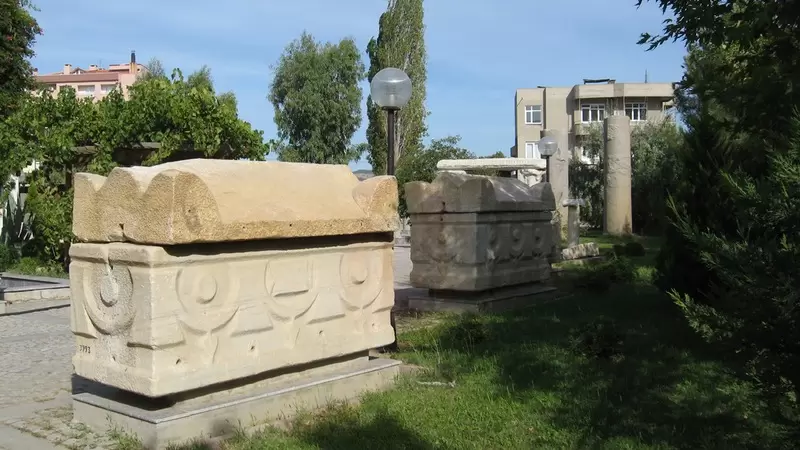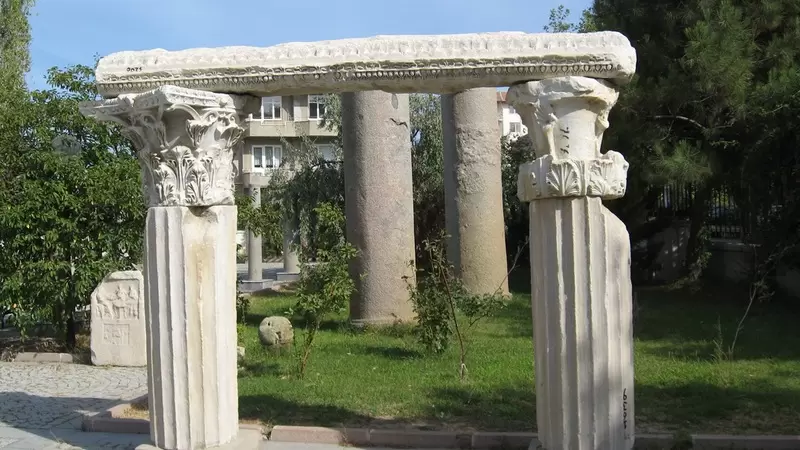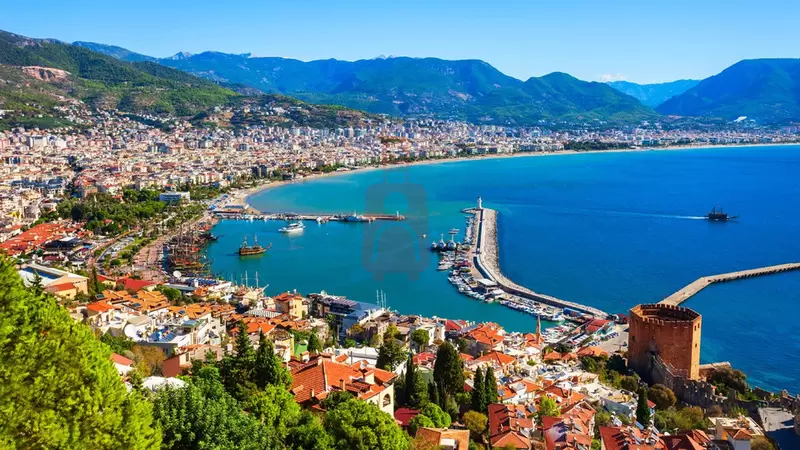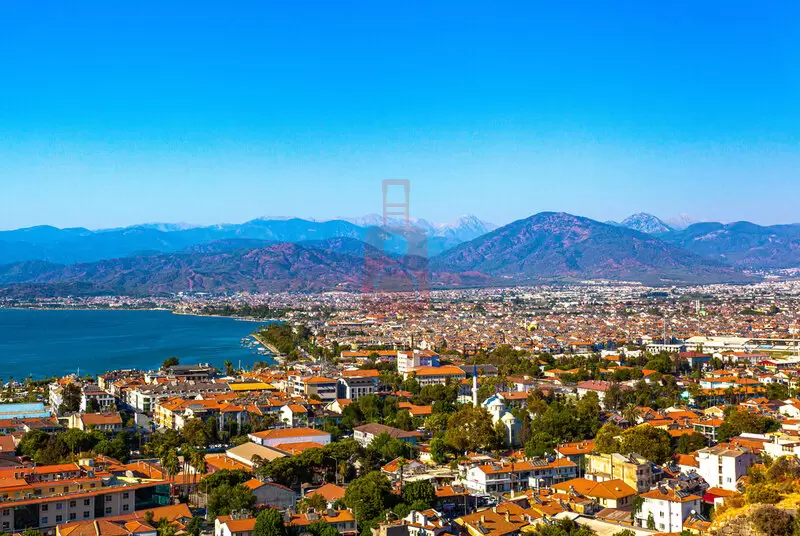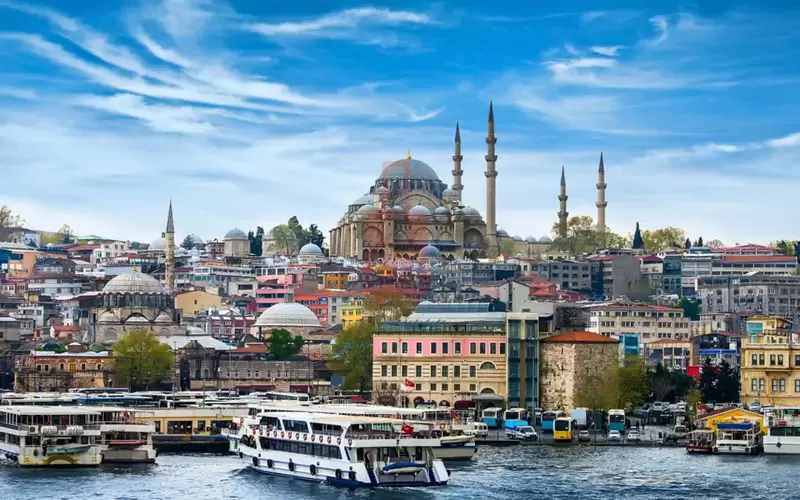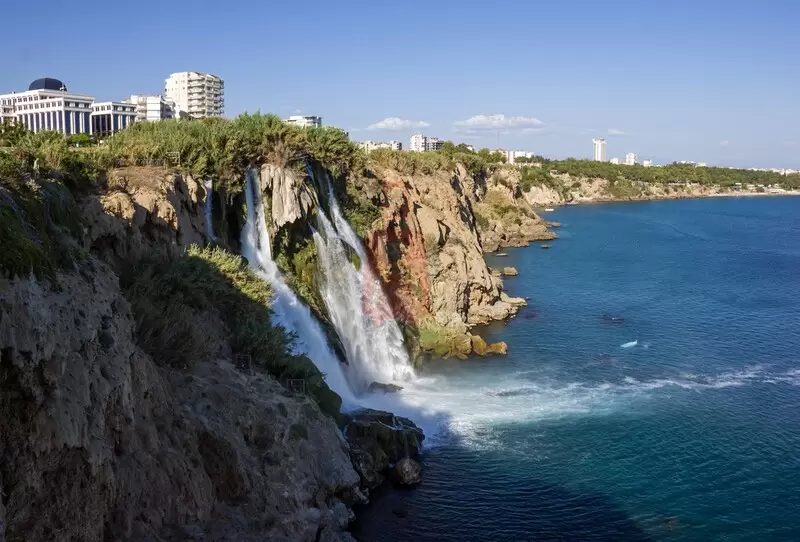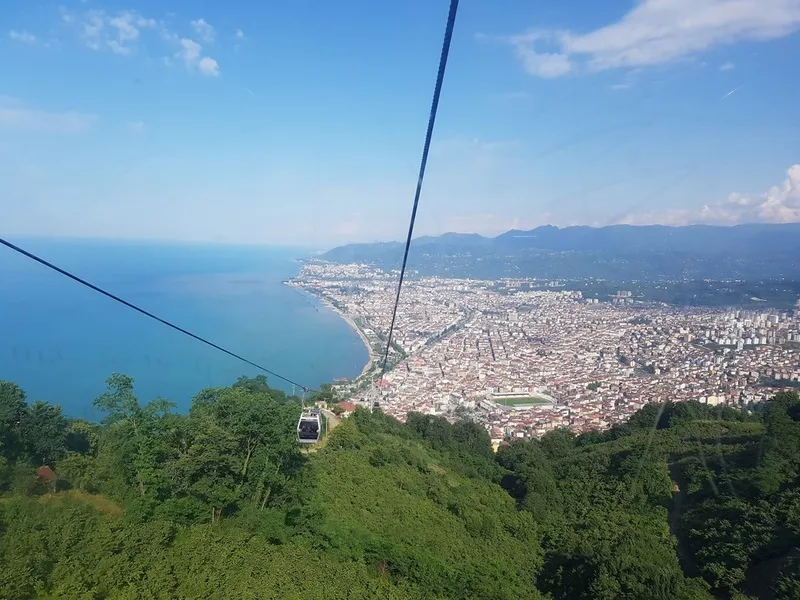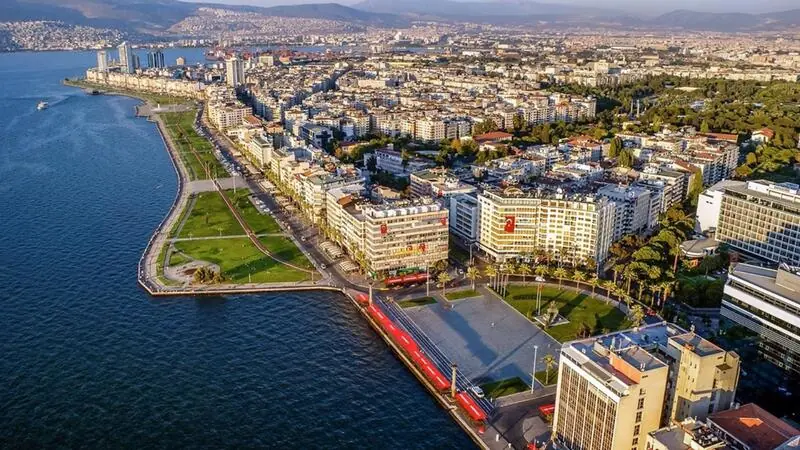
Archaeological Museum of Çanakkale (Turkish: Çanakkale Arkeoloji Müzesi) is a museum in Çanakkale, Turkey, dedicated to the history of the region. The museum is located in the center of the city, near the Ulu Cami. The museum was founded in 1942, and has a collection of over 10,000 objects from the Neolithic, Bronze Age, Classical, Hellenistic, Roman, Byzantine, and Ottoman periods. The museum is divided into four sections: the prehistoric section, the classical section, the medieval section, and the modern section. The prehistoric section contains objects from the Neolithic, Bronze Age, and Classical periods. The classical section contains objects from the Hellenistic and Roman periods. The medieval section contains objects from the Byzantine and Ottoman periods. The modern section contains objects from the 19th and 20th centuries.
The Archaeological Museum of Çanakkale, also known as Çanakkale Arkeoloji Müzesi in Turkish, is a museum located in Çanakkale, a city in the Çanakkale Province of Turkey. Here is some information about the Archaeological Museum of Çanakkale:
1. Overview: The Archaeological Museum of Çanakkale is dedicated to preserving and exhibiting archaeological artifacts from the Çanakkale Province and its surrounding regions. The museum showcases a wide range of artifacts from various historical periods, shedding light on the rich cultural heritage of the area.
2. Exhibits: The museum's exhibits cover a vast time span, ranging from prehistoric eras to the Byzantine period. The artifacts on display include items such as pottery, sculptures, jewelry, coins, tools, and architectural fragments. The exhibits provide insights into the civilizations and cultures that thrived in the region throughout history.
3. Troia (Troy) Collection: One of the notable highlights of the Archaeological Museum of Çanakkale is its Troia Collection. It features artifacts excavated from the ancient city of Troy, including pottery, weapons, figurines, and architectural elements. These artifacts contribute to our understanding of the legendary city and its cultural and historical significance.
4. Prehistoric Artifacts: The museum's collection includes artifacts from prehistoric periods, such as the Neolithic and Chalcolithic eras. These artifacts offer glimpses into the daily life, customs, and artistic expressions of the early inhabitants of the region.
5. Byzantine Artifacts: The museum also houses a collection of artifacts from the Byzantine Empire, reflecting the Byzantine influence in the area. These artifacts may include religious objects, mosaics, and decorative items.
6. Temporary Exhibitions: The Archaeological Museum of Çanakkale occasionally hosts temporary exhibitions that focus on specific themes, periods, or archaeological discoveries. These exhibitions provide opportunities for visitors to explore different aspects of the region's archaeology and history.
7. Visiting the Archaeological Museum of Çanakkale: If you plan to visit the Archaeological Museum of Çanakkale, it is recommended to check the museum's operating hours, admission fees, and any specific guidelines for visitors. You can contact the museum directly or refer to their official website for the most accurate and up-to-date information.
Please note that specific details about the museum's exhibits and displays may vary, and it is always advisable to verify the information before planning your visit to the Archaeological Museum of Çanakkale.
